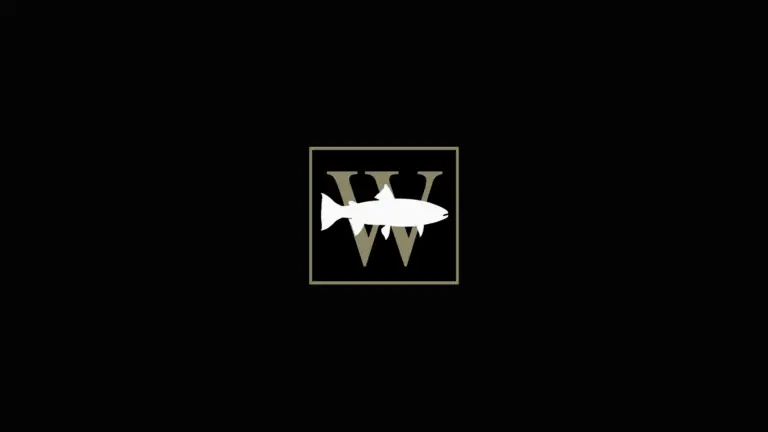
Finn Creek Restoration Design
WFC seaks to to restore the natural processes in lower Finn Creek that create and sustain habitats used by wild fish populations, while meeting County (landowner) flood and park amenity objectives.
Despite hundreds of millions of dollars invested annually to protect and recover declining fish populations in the Northwest, many fundamental questions regarding our region’s wild fish resources remain unanswered.
Existing assumptions have too often been made in lieu of empirical study. Testing those assumptions drives Wild Fish Conservancy’s research and monitoring program.
We conduct research and monitoring projects in rivers, on lakes, and in near-shore marine habitats, at sites heavily impacted by human activity and in pristine areas untouched by development. We document the abundance and diversity of targeted species, their behavioral patterns, and geographic distribution. We study salmon spawning activity, fish passage at road crossings, water diversions, and agricultural pump facilities, and interactions between wild and hatchery fish.

WFC seaks to to restore the natural processes in lower Finn Creek that create and sustain habitats used by wild fish populations, while meeting County (landowner) flood and park amenity objectives.

WFC staff replaced the failing 2-foot culvert with a 15-foot wide concrete bridge that will provide a huge increase in flow capacity and provide wild salmonids access to critical spawning and rearing habitat upstream from the project site.

In 2009, Wild Fish Conservancy started a research program to help shed light on the Clayoquot salmon crisis. The reasons for salmon declines are undoubtedly complex. As a first step, WFC plans to determine if sea lice may be part of the problem.

Survey of fish species composition, abundance, and age class distribution in the Skykomish River Braided Reach. In partnership with Snohomish County Surface Water Management Division and R2 Resource Consultants.